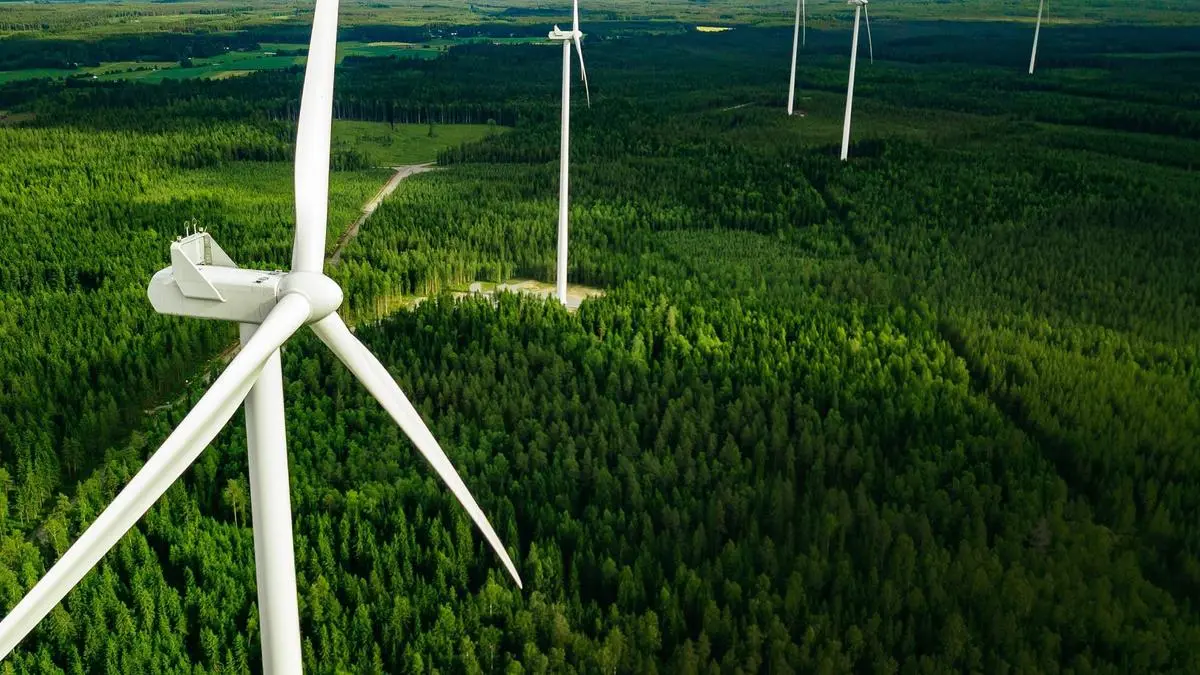FOREX
India central to key supply chains; must be part of G7 discussions: Canadian PM Carney

India is the fifth largest economy in the world and it is central to a number of critical global supply chains, Canadian Prime Minister Mark Carney has said, arguing that the leadership of the country must be part of discussions at the upcoming G7 summit.
Carney's comments came after some of his political opponents in Canada criticised him for inviting Prime Minister Narendra Modi to the G7 summit in view of a probe into allegations of Indian links to the killing of a Khalistani separatist in 2023.
Canada is hosting the G7 summit in the Alberta province from June 15 to 17 in its capacity as the current chair of the grouping.
To a specific question on the case of killing of pro-Khalistan separatist Hardeep Singh Nijjar in 2023, Carney told reporters that it is not appropriate for him to comment as the legal process in the case is underway.
The Canadian prime minister said the G7 summit will deliberate on a range of key issues including energy security, digital future, critical minerals and on partnerships in building infrastructure in the emerging and developing world.
Carney suggested that he extended the invitation to Modi after talking to other G7 member countries.
"There are certain countries that should be at the table for those discussions," he said when asked why PM Modi was invited when there have been allegations of Indian links to the Nijjar case.
"India is the fifth largest economy in the world; effectively the most populous country in the world. (It is) central to a number of those supply chains; (it is) at the heart of a number of those supply chains, so it makes sense," he said.
Without elaborating, Carney noted that India and Canada have agreed to continue law enforcement dialogue.
"Bilaterally, we have now agreed importantly to continue law enforcement dialogue. There has been some progress on that... recognises issues of accountability," he said.
Canada's NDP party slammed Carney for extending the invitation to Modi.
"This decision is profoundly troubling," it said.
The India-Canada relations hit rock bottom following then Prime Minister Justin Trudeau's allegations in 2023 of a potential Indian link to the killing of Nijjar.
In October last year, India recalled its high commissioner and five other diplomats after Ottawa attempted to link them to the Nijjar case. India also expelled an equal number of Canadian diplomats.
However, Liberal Party leader Carney's victory in the parliamentary election in April triggered hopes for reset of the relationship.
In the last few months, the security officials of India and Canada resumed contacts and both sides were looking at the possibility of appointing new high commissioners.
India had accused Trudeau's government of allowing pro-Khalistani elements to operate from Canadian soil.
After Trudeau's exit, New Delhi said it hoped to rebuild ties with Canada based on "mutual trust and sensitivity".
More Like This
Published on June 7, 2025



































